Chiller Control Panel
Chiller Control Panel is a centralized component of a chiller system that oversees and regulates the operation of key components such as compressors, pumps, valves, and fans. It monitors critical parameters like temperatures, pressures, and flow rates to maintain optimal performance and efficiency. The panel includes safety features to protect the system from faults and abnormalities, providing operators with a user-friendly interface to set parameters, monitor conditions, and respond to alarms. Integration with building management systems allows for coordinated operation and remote monitoring, ensuring reliable and efficient chiller system performance.

Chiller Control Panel
Functions of
- Monitoring: Continuously monitors critical parameters such as temperatures, pressures, flow rates, and electrical currents within the chiller system.
- Control: Regulates the operation of key components such as compressors, pumps, valves, and fans to maintain desired operating conditions and optimize energy efficiency.
- Safety Management: Implements safety protocols and alarms to protect the chiller system from abnormal conditions, faults, and potential damage.
- Fault Detection and Diagnosis: Detects faults or malfunctions in real-time and provides diagnostic information to assist with troubleshooting and maintenance.
- Optimization: Utilizes control algorithms to optimize the chiller’s performance by adjusting operating parameters based on load demand, ambient conditions, and system efficiency goals.
- Data Logging and Reporting: Records operational data over time for performance analysis, maintenance scheduling, and compliance reporting.
Chiller Control Panel
Benefits and Advantages of
- Efficient Operation: Optimizes chiller performance by monitoring and adjusting operating parameters in real-time, leading to energy savings and improved efficiency.
- Reliability: Enhances system reliability by implementing safety protocols, detecting faults early, and providing diagnostics for prompt troubleshooting.
- Ease of Monitoring: Provides operators with a centralized interface to monitor system status, alarms, and operational data, facilitating proactive maintenance and decision-making.
- Remote Access: Allows for remote monitoring and control, enabling operators to manage the chiller system from a distance and respond promptly to changes or issues.
- Data Management: Collects and stores operational data for analysis, helping to identify trends, optimize performance, and support informed decision-making.
- Integration: Interfaces with building management systems (BMS) and other control networks for seamless integration with overall facility operations and automation.
Other Chiller Spares We Manufacture
Scroll Compressor
A scroll compressor is a type of positive displacement compressor that uses two interleaved spiral-shaped scrolls to compress gas. One scroll is stationary,

Semi-hermetic Compressor
A semi-hermetic compressor is a type of compressor where the motor and compressor are enclosed in a single, sealed housing, but unlike fully hermetic compressors,
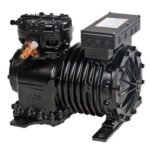
Hermetic Compressor
Hermetic Compressor is a type of compressor widely used in refrigeration and air conditioning systems. It features an airtight housing that encloses both the motor and the compressor,
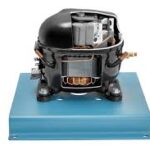
Screw Compressor
Screw Compressor is a type of rotary compressor that uses two intermeshing helical rotors to compress gas or air. As the rotors rotate, they trap and compress the gas
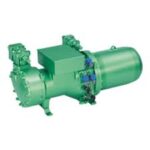
Reciprocating Compressor
A reciprocating compressor is a positive displacement device that compresses gas by using a piston driven by a crankshaft. The piston moves back and forth in a cylinder
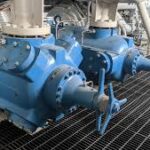
Rotary Compressor
Rotary Compressor is a type of gas compressor that uses a rotating mechanism, such as screws, vanes, or scrolls, to compress gas. The rotating elements trap and compress
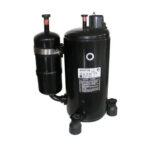
Refrigeration Gases
Refrigeration Gases, also known as refrigerants, are substances used in refrigeration systems to transfer heat from one area to another through a cycle of evaporation and condensation.
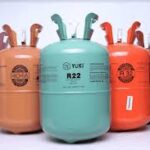
Axil Fan
Axil Fan is a type of mechanical fan commonly used for moving air or gas parallel to the axis of its blades. Unlike centrifugal fans that generate airflow perpendicular to the fan blades
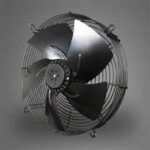
Condenser
Condenser is a key component in refrigeration and air conditioning systems that facilitates the transfer of heat absorbed by the refrigerant to the outside environment.
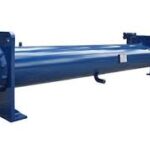
Chiller Pumps
Chiller Pumps, also known as condenser water pumps or circulation pumps, are essential components in chiller systems. Their primary function is to circulate water
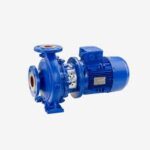
Expansion Valves
Expansion Valves are mechanical devices used in refrigeration and air conditioning systems to regulate the flow of refrigerant into the evaporator. They maintain a controlled reduction

Copper Pipes and Fittings
Copper Pipes and Fittings are commonly used in plumbing and HVAC systems due to their durability, corrosion resistance, and excellent heat transfer properties.

